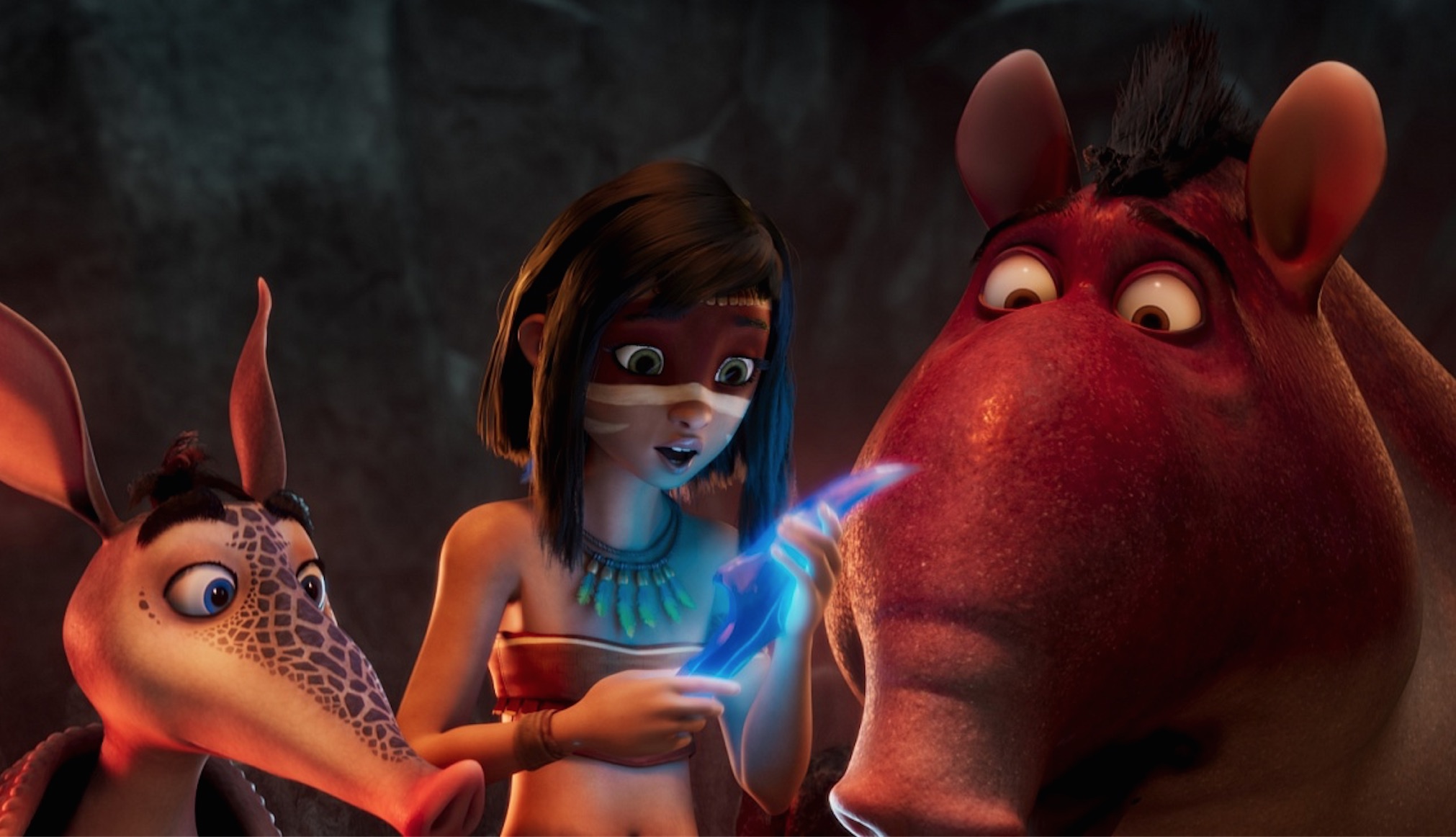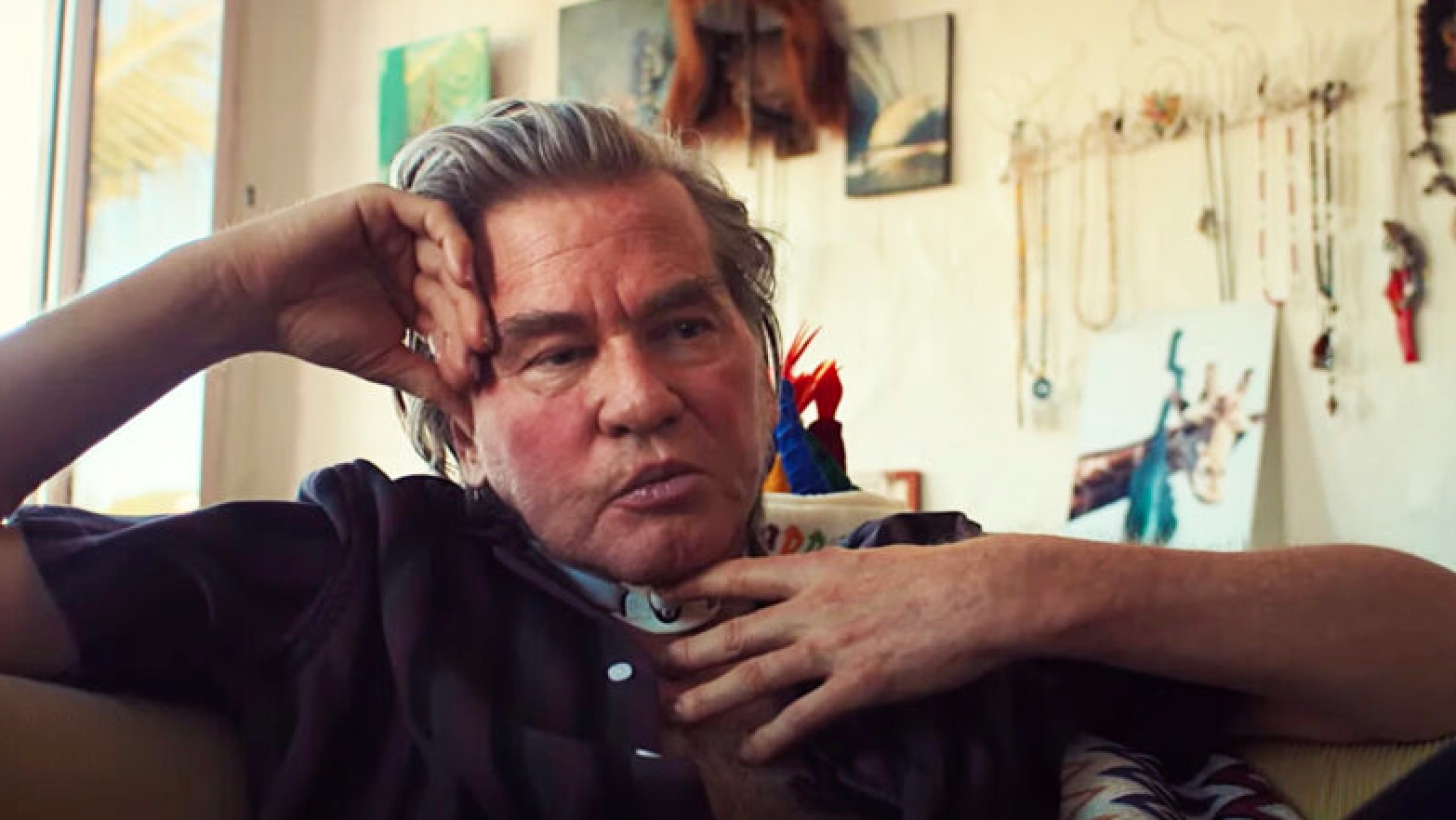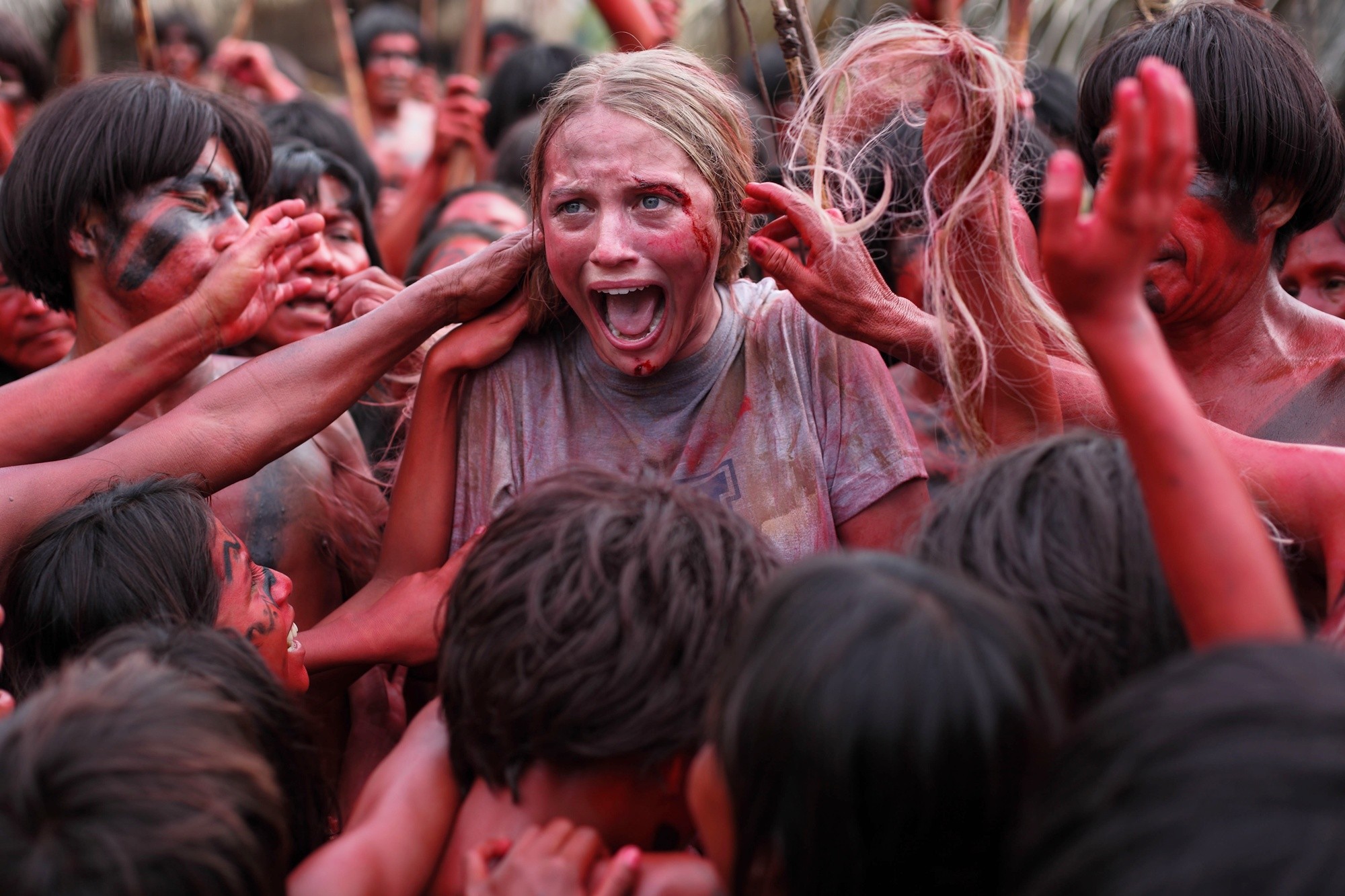AINBO: SPIRIT OF THE AMAZON
 Saturday, September 18, 2021 at 8:54AM
Saturday, September 18, 2021 at 8:54AM
Featuring: Lola Raie, Naomi Serrano, Dino Andrade, Joe Hernandez, Thom Hoffman, Rene Mujica, Yeni Alvarez, Bernardo De Paula, Alejandro Golas and Susanna Ballesteros.
Writers: Richard Claus, Brian Cleveland and Jason Cleveland.
Directors: Richard Claus and Jose Zelada.
Rating: ★ ★ ★

A Peruvian/Dutch co-production, AINBO boasts a strong-willed, Indigenous heroine, self-assured and sturdy of character, with one determined eye cocked towards her personal goals, the other watching over her people and their traditions. This stirring, culturally-layered adventure deserves to do for the Amazon jungle what Moana did for Hawaii and Frozen did for snow.
Our titular heroine (energetically voiced by actress Lola Raie), is at a junction in her growth, both as a young woman and as a member of her tribal community. The village lies deep in Candamo rainforest, an uncharted pocket of jungle that legend has it exists on the back of an almighty beast named Turtle Motelo Mama (Susana Ballesteros).
Increasingly alienated from her best friend and new village leader Princess Zumi (Naomi Serrano), Ainbo is befriended by her ‘spirit guides’ - an armadillo named Dillo (Dino Andrade), and a tapir named Vaca (Joe Hernandez), playing the ‘Timon and Pumba’ sidekick roles. Together, the trio discover their land is threatened by encroaching tree-crunching steel giants. Guided by Turtle Mama and the spirit of her ancestors, Ainbo sets about fighting Yacuruna, the evil jungle spirit, who manifests in the form of a linen-suit wearing corporate scumbag, Cornell DeWitt (Thom Hoffman).

Directors José Zelada and Richard Claus utilise the template established by the Mouse House in films like Moana, Frozen, Brave and Tangled and craft a familiar story of empowerment and family and friendship. A point of difference emerges in the use of centuries-old Amazonian customs and lore to tell this contemporary tale, as well as its addressing of the issue of deforestation and land clearing of traditionally-owned land in the Basin.
It is the indigenous-themed elements that work best in Ainbo; an over-reliance on goofy humour, the kind that assumes kids need a pratfall or an eyeroll to stay engaged, are less impactful. The best moments recall Kirby Atkins’ 2019 pic Mosley, which embraced heritage and legacy with an equally engaging connection to its characters and setting. The CGI character animation lacks Pixar fluidity, although thankfully avoids mimicking the cliched, ‘doe-eyed’ facial designs of so much studio output; the landscapes are beautifully rendered, capturing the breathtaking Amazon greens and blues with true artistry.
 Animation,
Animation,  International Film,
International Film,  amazon
amazon 


